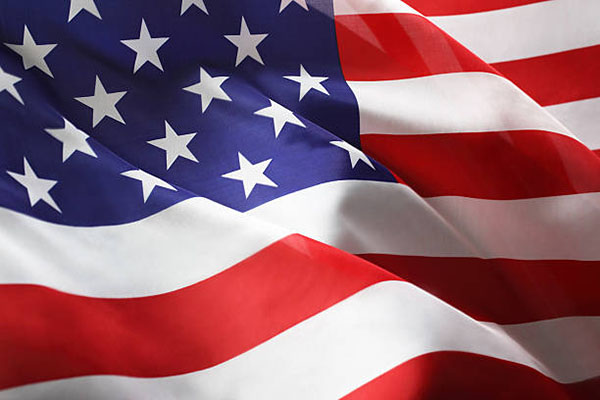Discover the rich, compelling history behind the fond nickname of the flag of the United States of America and learn where the first Old Glory is located.
Although many people call the U.S. flag “Old Glory,” most do not know the origin of that popular name for America’s Stars and Stripes, also known as the Star-spangled Banner. Discover where the original Old Glory can now be viewed and find a link that shows a picture of the first Old Glory.
History Behind Old Glory
The first time in recorded history that the United States flag was called “Old Glory” was on March 17, 1824. It was on this date that Captain William Driver turned 21 years old. His mother, along with a group of ladies in the area, presented him with a flag as a gift. The captain was thrilled and dubbed his flag the name of “Old Glory.”
Gifts from family are often treasured by those in the military, and Old Glory was no exception. The flag accompanied Captain Driver on many adventures as it became his beloved ship flag as it sailed around the world twice. Even after he settled into Nashville, Tennessee into civilian life, the stars and stripes were carefully protected at home. People would see Old Glory hung from a rope that stretched from the captain’s house to a tree across the street on patriotic occasions and holidays.
In 1861, Tennessee seceded from the Union. The original Old Glory had 24 stars, but the flag was altered in 1861 to display a total of 34 stars. A white anchor was added to signify the captain’s sea years.
In order to protect his precious flag, Captain Driver sewed the flag inside a quilt in 1861. On February 25, 1862 as Union soldiers entered Nashville, Old Glory was once again displayed with pride, this time above the state’s capitol building. This was the last time that the flag was flown.
Captain Driver cherished Old Glory until shortly before his death, when he carefully placed it into his daughter’s arms with these words, “Mary Jane, this is my ship flag, Old Glory. It has been my constant companion. I love it as a mother loves her child. Cherish it as I have cherished it.”
The flag was carefully protected by the Driver family until it was sent to the Smithsonian Institute in 1922 by Mrs. Mary J.D. Roland. Visitors to Washington, D.C. may still see Old Glory as it is now protected behind glass in the National Museum of American History. Readers may wish to view a picture of the Original Old Glory as it appears at the Smithsonian Institute.
Old Glory is a Story for the History Books
Although the American flag has seen many changes over the years, the legendary name of Old Glory has survived until the present day. This American flag accompanied a sea captain around the world from the time he was a young man until he neared death and survived despite great odds. Captain William Driver’s cherished sea flag was not only flown with pride but later became a precious heirloom that the public can now enjoy at the Smithsonian Institute.
Sources:
- U.S. Department of Veterans Affairs online article in Celebrating America’s Freedoms entitled “Old Glory”
- Smithsonian Institute online article entitled “Old Glory”








